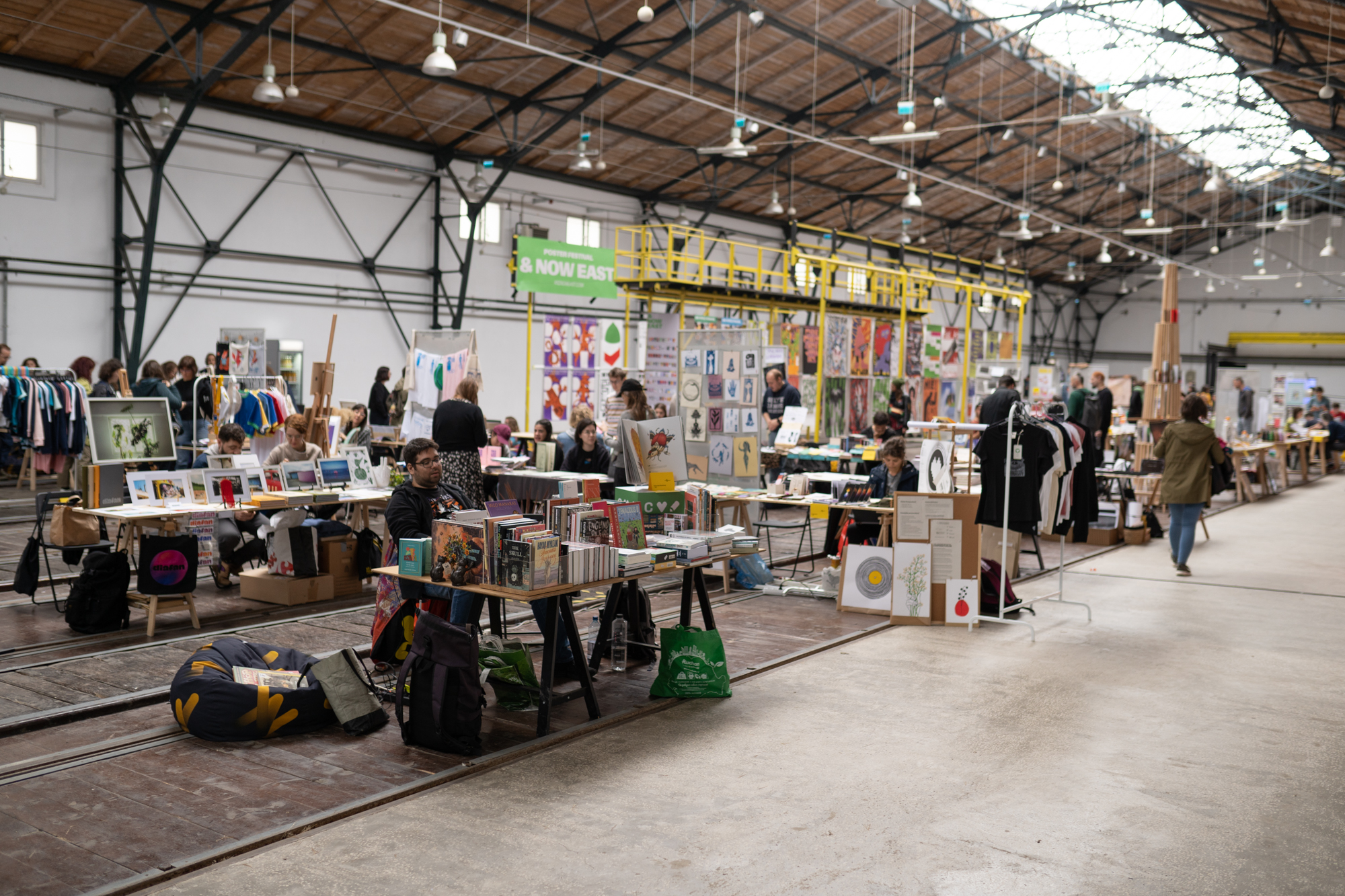Column
ColumnThe kaleidoscope of creativity (SIT+READ 2023)
Sit+Read Artbook Fair was a celebration of art, a melting pot of cultures and a testament to the unifying power of creativity. The fair transcended borders, opening our hearts and minds to the beauty of illustrated art from around the world. It was an experience that left us with a sense of fulfillment, inspiration and the anticipation of many more years of artistic exploration to come. This fair was a reminder that, no matter where you come from, art has the power to bring us together, to transcend language and cultural differences, and to create a harmonious tapestry of creativity that knows no bounds.
Sit+Read had brought together a community of artists, designers, and art enthusiasts for almost five years. The fair was a celebration of creativity and a testament to the power of art to transcend borders and unite cultures under one roof. This special edition, in particular, was a remarkable showcase of international talent, featuring 66 artists and entities from around the world.
Held from October 26 to 29, at the Corneliu Mikloși Transport Museum in the vibrant city of Timișoara, Sit+Read Artbook Fair was a gathering like no other. The best part? Admission was free, welcoming anyone and everyone to experience the magic of this artistic extravaganza. The schedule was designed to accommodate visitors on both weekdays and weekends, making it accessible to all.

The fair’s overarching theme was diversity, and it was evident in every corner of the venue. Artistic domains from photography, illustration, painting, poetry, and literature converged, creating an environment where you could explore new passions and be inspired by a multitude of artistic voices. This kaleidoscope of creativity was a reflection of the vast, interconnected tapestry of global artistry.
One of the most exciting aspects of this edition was the inclusion of international guests of honor, hailing from Japan, a land known for its rich artistic heritage. Yoshimitsu Nippashi, Nori Okawa, and Masanori Ushikima graced the fair with their presence, each offering a unique and mesmerizing glimpse into their worlds of art.
Yoshimitsu Nippashi’s illustrations, inspired by his love for architecture, dogs, and liminal spaces, were nothing short of captivating. His work transported us to his world, where the lines between reality and imagination were blurred.
Nori Okawa’s presentation was a testament to the ukiyo-e style, where figures were often simplified into lines and simple shapes, creating a sense of purity and elegance. Her range of artistic creations, from painting and sculpture to installation and photography, was a visual symphony that left a lasting impression.
And then there was Masanori Ushikima, whose art was a fusion of ’80s and ’90s pop culture, manga, anime, and special effects. It was as if nostalgia and modernity had found common ground in his works, transporting us back to a time when these cultural elements first took root in our hearts.
Events like Sit+Read Artbook Fair are incredibly important for several reasons. They serve as more than just art exhibitions; they are catalysts for cultural enrichment, community building and creative expression.
Sit+Read Artbook Fair brought together artists and collectives from various corners of the world. This cross-cultural exchange is vital for broadening our horizons and understanding different perspectives. Exposure to diverse artistic expressions helps break down stereotypes, fosters empathy, and promotes tolerance. It celebrates the beauty of human diversity and showcases the richness of our global cultural tapestry.
Art thrives on inspiration, and having artists and collectives from different backgrounds in one place can lead to the cross-pollination of ideas. Attendees and participants can draw inspiration from various artistic styles, techniques, and narratives. This creative cross-fertilization can lead to new and innovative forms of artistic expression.
Events like Sit+Read create a sense of community among artists, designers, and art enthusiasts. These gatherings provide a platform for people who share a common passion for art to come together, network, and build meaningful connections. A supportive artistic community can be a source of encouragement, collaboration, and professional growth for artists.
The event included educational components such as discussions, workshops and artist talks. These activities help attendees deepen their understanding of art, its history, and its significance. They also encourage critical thinking and dialogue about artistic themes, pushing the boundaries of our creative discourse.

Many artists and collectives may not have the backing of traditional art institutions. Art fairs like Sit+Read provide a safe space for independent and alternative artists to gain visibility. This democratization of art helps break down barriers to entry and allows unconventional voices to be heard.
Art fairs have economic and cultural impacts on the communities where they take place. They attract visitors, stimulate local businesses, and promote the arts as an essential part of the cultural fabric. By fostering a vibrant arts scene, these events contribute to the overall well-being of a region.
Art has the power to reflect, question and challenge societal norms and issues. It can serve as a mirror to society, sparking conversations about important topics. Events like Sit+Read often feature works that address pressing social and political concerns, fostering dialogue and engagement.
In conclusion, Sit+Read Artbook Fair plays a vital role in celebrating art’s diversity, promoting creative inspiration, building artistic communities, and fostering cross-cultural understanding. They serve as platforms for artists and collectives to gain exposure, enable art education and appreciation, promote independent and alternative art, and have a significant economic and cultural impact on the communities they serve. These gatherings enrich our lives, make art accessible to a broader audience, and remind us of the universal language that art provides in a world that often needs unity and understanding more than ever.








